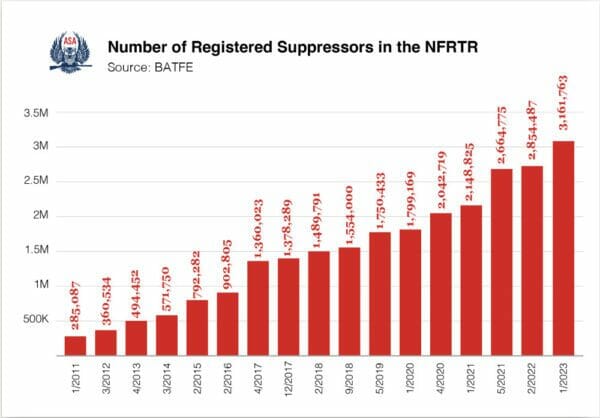(Introducing:) The Big Money Donors Behind the Attacks on Conservative Supreme Court Justices.
The coordinated and sophisticated attacks on conservative Supreme Court Justices Samuel Alito and Clarence Thomas are no accident. This is a deliberate campaign to tarnish the reputation of justices and delegitimize their decisions in the eyes of citizens.
These attacks are long on rhetoric and short on substance. But that’s how the game is being played. Lacking actual proof of wrongdoing, the left has taken to insinuating ethics violations.
The smears are being published on the left-wing website ProPublica.
“ProPublica isn’t a news organization; it’s a front group for liberal billionaires wanting to ensure that the court rubber stamps their political agenda,” Judicial Crisis Network President Carrie Severino told the Washington Examiner.
ProPublica is a non-profit news site funded primarily by the Sandler Foundation, “which has given nearly $40 million to the organization since 2010,” according to the Examiner. The Sandlers have been plagued by ethics problems themselves. They helped initiate the Savings and Loan crisis of the 1980s by being the first to offer “Adjustable Rate Mortgages” (ARM) that led to dozens of S&Ls going under. Then the Sandlers were also partly to blame for the housing crash in 2008, according to Time Magazine.
“The same Sandler Foundation that ‘made ProPublica possible’ with an astounding $40 million also gave $500,000 to Demand Justice, a ‘dark money’ court packing group that spearheaded smear campaigns against Justices Gorsuch, Kavanaugh, and Barrett,” Parker Thayer, an investigative researcher at Capital Research Center, told the Washington Examiner.
“ProPublica has been in the business of launching partisan attacks on conservative Supreme Court justices for months now, and it shouldn’t surprise anyone given their funding from left-wing groups,” Mike Davis, founder and president of the Article III Project, told the Washington Examiner, adding that the “entire project is revenge for overturning Roe v. Wade.”
The Sandler Foundation also gave $7.5 million to the Campaign Legal Center since 2015, a group whose senior director, Kedric Payne, testified before Congress as a Democratic witness arguing that the legislative branch should write ethics rules for the judicial branch. CLC wrote an April letter calling for a Department of Justice investigation into Thomas “for potential criminal and civil penalties.”
“The corrupt corporate media has been working with these liberal activists for decades, so of course Soros-type donors would be behind this,” a spokesperson for Sen. Ted Cruz (R-TX) told the Washington Examiner. “The fact is, Justices Thomas and Alito have complied totally with the Supreme Court’s ethics rules.”
If the tactics of the left in attacking Supreme Court Justices seem vaguely familiar to you, you’re correct.
“This is a textbook example of one of the Left’s favorite tactics: the pop-up pressure campaign,” Thayer explained. The left, through their media outlets and social media presence, creates the appearance of a political groundswell coming from the bottom up when actually, it’s a top-down effort all the way.
“It’s easy to spot once you know the secret,” he said. “First, one or two donors pay a legion of different organizations to get involved in a certain policy debate. Then, all at once, these groups start making noise about an issue nobody cared about five minutes ago.”
ProPublica claims that “40,000 people actively fund our investigative, nonpartisan journalism. Our newsroom operates with fierce independence. No donor or board member is even aware of the subjects of our stories before they are published.”
That’s no doubt true. But it’s also true that a huge portion of their funding comes from a few Democratic billionaire donors who give to ProPublica because they can be relied on to smear the conservative opposition and support the far-left agenda of their benefactors.



